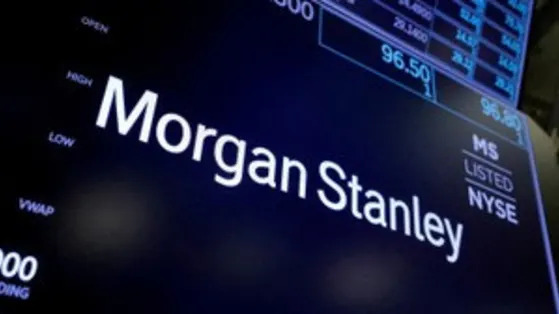This story was originally published on CFO Dive . To receive daily news and insights, subscribe to our free daily CFO Dive newsletter .
Dive Brief:
Dive Insight:
Economists surveyed by NABE expect the inflationary surge to prove short-lived but persist above the Fed’s 2% target through next year. Core PCE will likely increase 2.4% in 2026, the economists indicated in a median forecast, according to NABE.
Consumers also see price pressures rising this year before falling back in 2026, the New York Fed said Monday, citing survey data collected last month. They see prices 3.6% higher in a year, or 0.5 percentage point higher than their February expectation.
Yet consumer expectations for inflation in three years were unchanged at 3%, while their forecast for inflation in five years fell 0.1 percentage point since February to 2.9%, according to the New York Fed.
The Fed regional bank’s survey results differ from more recent findings by the University of Michigan. Consumer expectations for inflation surged to the highest level since 1981 amid anxiety about a growing global trade war , according to a survey, ended April 8, by the university released Friday.
Consumers expect inflation during the coming year to heat up to 6.7%, 1.7 percentage points higher than last month, the university said. Their long-run inflation expectations rose to 4.4% this month from 4.1% in March.
“Consumers report multiple warning signs that raise the risk of recession: expectations for business conditions, personal finances, incomes, inflation, and labor markets all continued to deteriorate this month,” Joanne Hsu, director of the university’s survey , said in a statement.
Consumer sentiment has plummeted more than 30% since December “amid growing worries about trade war,” Hsu said. The slump is “pervasive and unanimous across age, income, education, geographic region and political affiliation,” she said.
Several economists believe the outlook for the economy is unusually murky, Waller said.
“ Given that there is still so much uncertainty about how trade policy will play out and how businesses and households will respond, I have struggled, like many others I have talked with, to fit these varying possibilities into a single coherent view of the outlook,” he said.
Yet there are causes for some optimism, Waller said, noting that price pressures probably eased in March before the flare-up in tariffs. Core PCE likely rose less than 0.1% last month for an annual gain of 2.7%, he said.
“ The new tariffs are hitting an economy in good standing, which leaves me encouraged that households and businesses would continue to spend and hire during trade negotiations that lead to substantially reduced import tariffs and possibly remove barriers to U.S. exporters over time,” he said.





